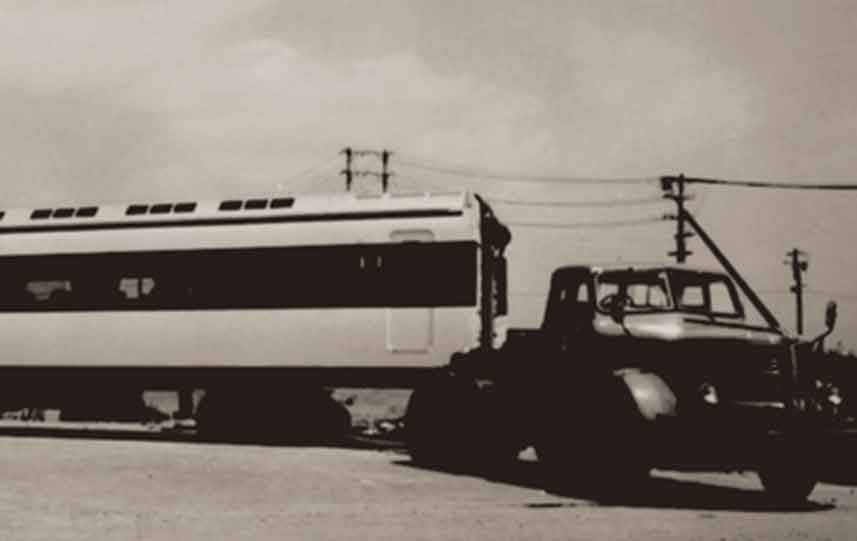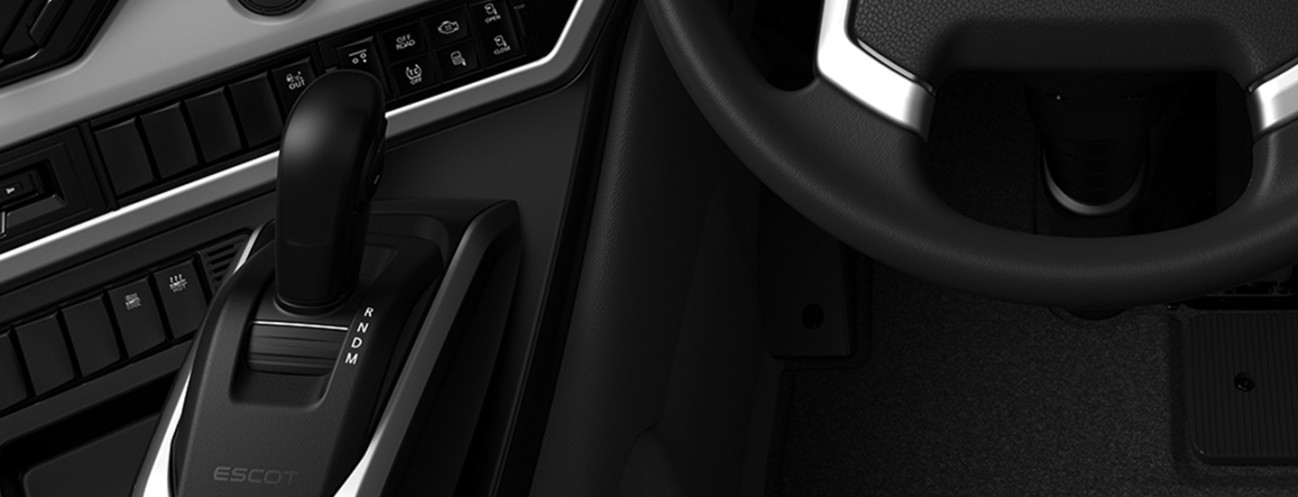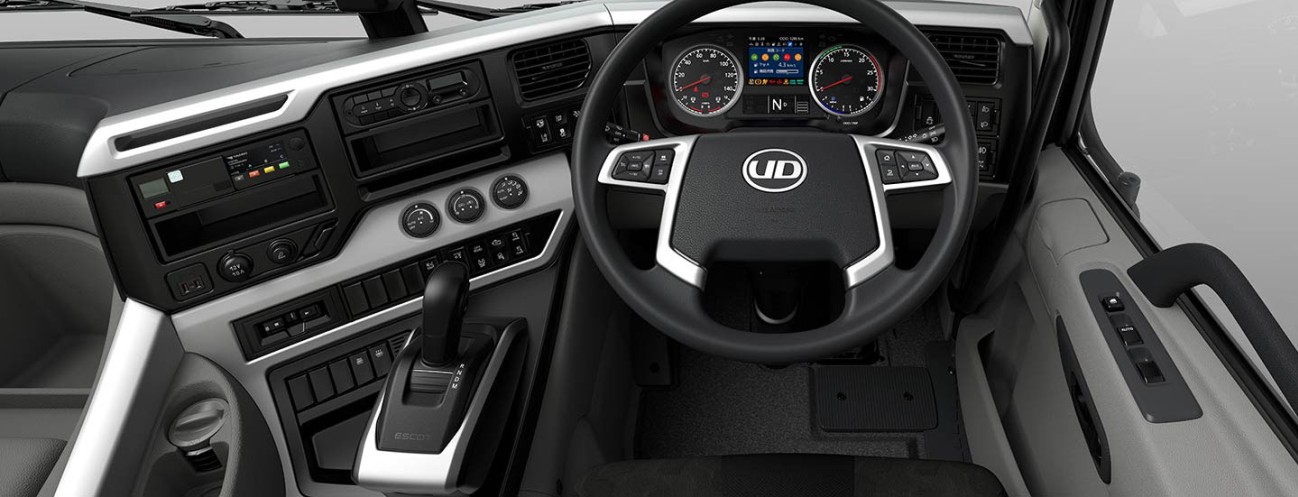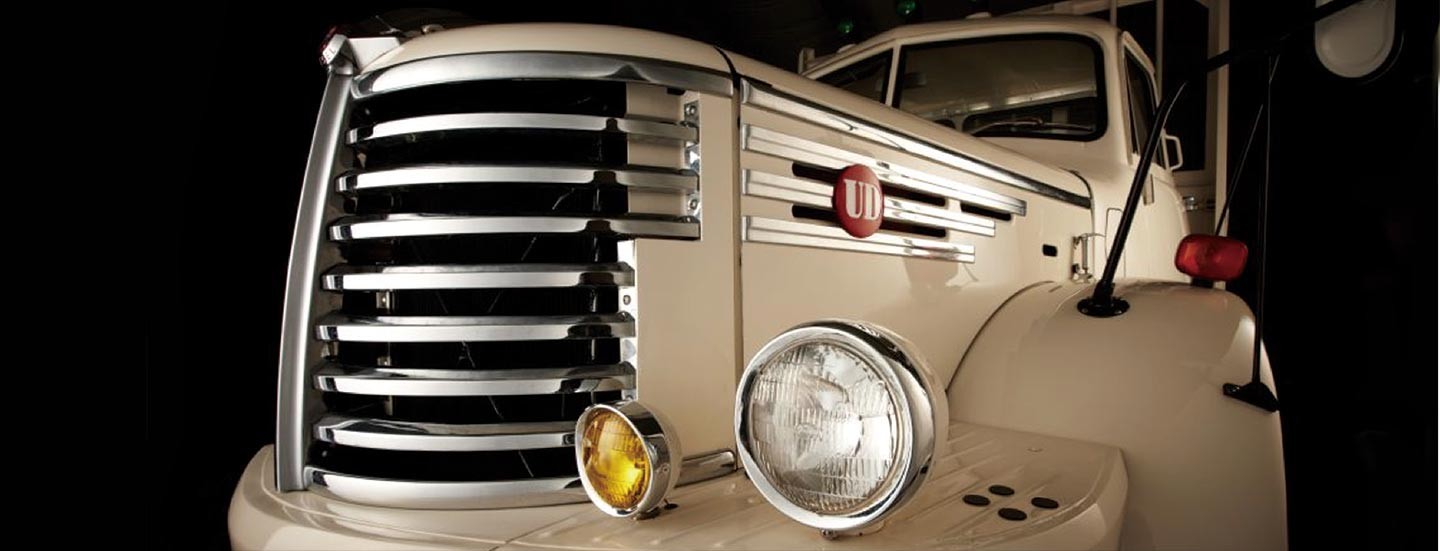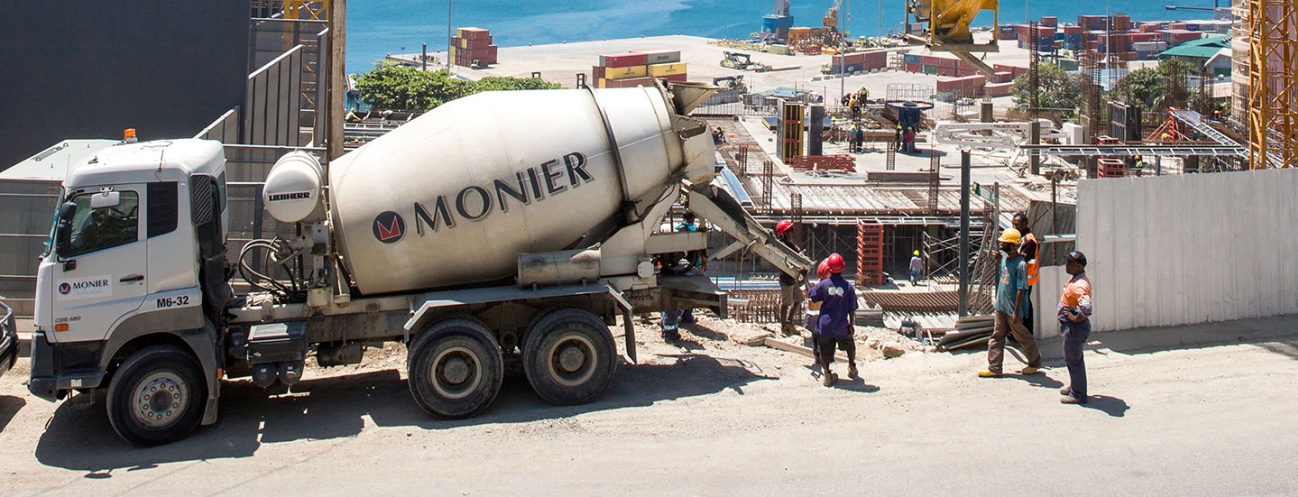
Powered by the six-cylinder 230-horsepower diesel UD6 engine, the heavy-duty 6TW proved invaluable in contributing to the development of Japan’s infrastructure. It brought sophistication to the fledgling logistics industry and was highly noted for its outstanding performance as a long-distance transportation truck running on Japan’s main arterial highways.
Prior to developing the 6TW, the design and development teams had questioned whether there really was sufficient demand in Japan for a 10-ton payload heavy-duty truck, given that most of the roads at that time were unpaved, even the arterial routes.
The new UD6 diesel engine was extremely robust, providing the opportunity to produce a top performance truck that would make maximum use of its capacity. Their idea was to put ‘the truck before the market’: to build the truck and use it to develop a market that did not yet exist in Japan.
In 1957, five prototype trucks with a load capacity of over 10 tons, a first in Japan, and able to travel at a maximum speed of 90km/h, were developed. This led to the market release, in February 1958, of the 6TW: a large 10.5-ton payload truck. The 6TW was a new type of truck featuring two propeller shafts. Splitting the torque of the powerful UD6 engine into two propeller shafts reduced the burden on the driving force transmission mechanism and heightened durability, as well as extending tire life.
A convincing victory against all odds
Around that time, reports started to filter in that foreign-made trucks were to be used in the construction of the Kurobe Dam; set to be the country’s largest hydroelectric power facility. A huge amount of materials would have to be transported to build a structure of this magnitude.
The construction of the dam was to take place at the headwaters of the Kurobe River where the surrounding mountains soar to 3,000m. If the trucks were to break down, the project would fall behind schedule. At that time, no one believed there was a Japanese-made vehicle capable of handling such an extremely difficult job. Undaunted, the UD team grabbed the chance to test the truck against their foreign competitors. Amazed at the results, an official from the construction company remarked, “Japan is now able to produce trucks with performance and reliability rivaling those from abroad.” And with that, the 6TW was officially selected for the construction of the Kurobe Dam. The 6TW trucks, soon upgraded to an 11-ton payload, hauled huge steel beams and massive deliveries of cement and other materials to the site with minimal breakdowns throughout the construction project. In this way, UD Trucks played a vital role in one of Japan’s biggest infrastructure projects to date.
Supporting Japan’s leap forward in logistics
As news spread of the superb performance and reliability of the 6TW at the Kurobe Dam site, orders flooded in from all over Japan. With the 1964 Tokyo Olympics on the horizon, plans were set in motion to construct a variety of infrastructure projects that ranged from high-speed expressways to the ultra-fast bullet train, or shinkansen, as well as high-rise hotels.
The 6TW once again proved to be invaluable, transporting construction materials in a diverse array of settings, even the shinkansen carriages. The Tokyo Olympics ushered in an era of rapid economic development for Japan, which came to be known as the “Miracle of Asia.” Progress in the construction of Japan’s expressways nationwide triggered a rapid shift from an era of rail freight to one of truck transportation. And leading the way was the 6TW. The series has since grown to include the 12-ton payload 6TW12, the 6TW12 dump truck and the 6TW tractor truck, making it perfectly suited to meet high-speed, mass transportation needs in the industrial and logistics fields.
